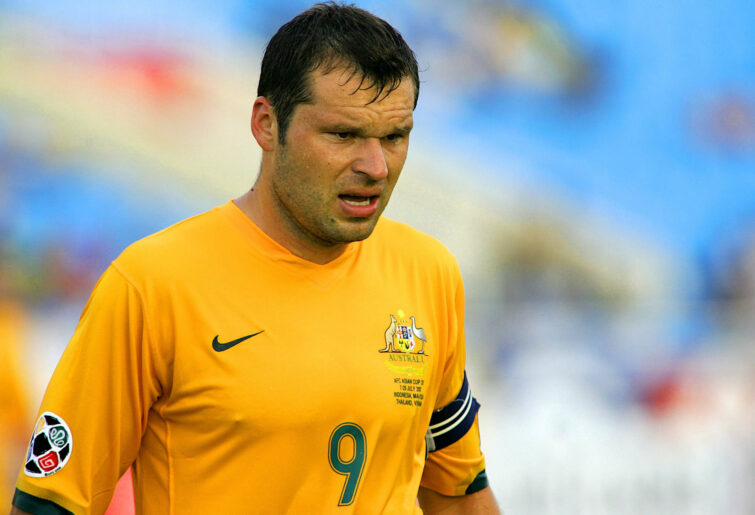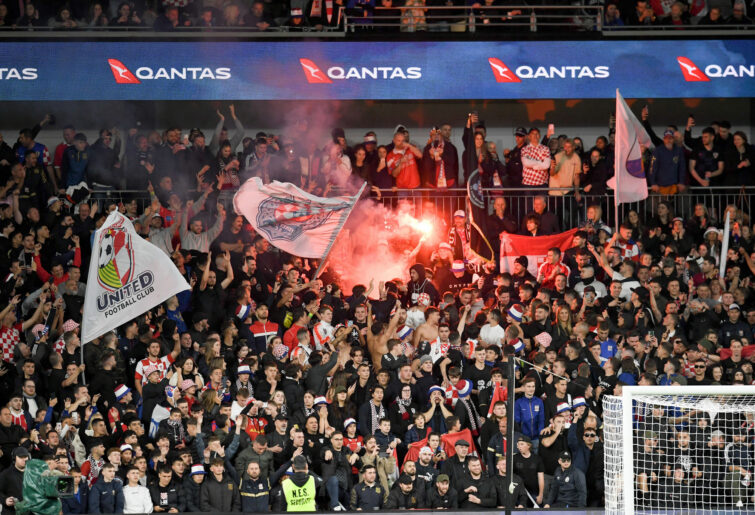For 18 years, since the inception of the A-League, the competition has remained relatively stagnant and
football has been crying out for a second division.
The promotion and relegation structure of the rest of the world needs to be made to keep up, especially with Asia where football is booming and Australian clubs are left behind in the Champions League.
There is no incentive for teams struggling at the bottom of the table without the reality of not having to battle for survival. It will have the effect of forcing lower clubs to improve as well as make the final few games of the season more thrilling.
Truth is, the gap between the A-League and the National Premier Leagues (NPL) has been far too big for too long. A second division will pave the way for better development and for more youngsters to get an opportunity to play at a higher level.
On Friday afternoon, long overdue news finally broke that Football Australia (FA) has opened a process to invite clubs to a National Second Tier, where clubs have a chance to provide an expression of interest.
“Developing a national second tier competition is a key component of our 15-year vision for the game and our efforts to reconnect and realign Australian football competitions. Australian football has gone on a journey of transformation over the last two years and this is the latest example of us bringing our vision for the game to life,” FA CEO James Johnson said.
Also outlined in the statement was an explanation of how the plan would work, including a home-and-away season with finals accounting for ten-16 teams and a 24-36 game season, as well as the new national tier comprising clubs from the NPL.
Major changes were required in 2004, when then governing body chairman Frank Lowy helped form the new top-tier Australian league, moving away from the National Soccer League (NSL).
The NSL produced some incredible talents and was one of the main reasons why the Socceroos’ golden generation occurred. The development of those top players stemmed from different cultural backgrounds, with development and tactical knowledge consistently on the rise through the guidance of European experience.
Ned Zelic, Mark Bosnich, Mark Viduka, Vince Grella, Marco Bresciano, and Tony Popovic are a handful of prime examples.

(Photo by Koji Watanabe/Getty Images)
The financial collapse of the NSL played a big role in the A-League being launched, but Lowy’s vision was to create ‘Australian based’ clubs, which would offer a true identity to different states.
People attached to clubs of the NPL, including fans, have asked the question of why their club wasn’t considered ahead of newly formed teams such as Western United and Macarthur FC.
Certainly there’s always been a fear factor among fans who oppose ethnic clubs being introduced into the A-League.
It is not a matter of racism on their part, however. Football is the world game and inclusion from all backgrounds is what makes it so unique. Their insecurities come from the possibility of spectators supporting and getting behind their ethnic backgrounds more than the actual Australian club itself.
Chants of “Hellas” (Greece) and “Hrvatska” (Croatia) for instance would be passionately shouted during matches.
Crowd trouble have been another concern, with the most recent example being that of Sydney United during the Australia Cup final. What should have been a day of celebration for the club, the first non-A-League side to reach the cup final, instead turned out to be a dark moment for Australian football.
A minority was heard booing the welcome to country before kick-off, making highly offensive gestures such as Nazi salutes, and delivering disgusting fascist chants.
Those scenes were deplorable and there is no room for that in our game.

(Photo by Steven Markham/Icon Sportswire via Getty Images)
We need to accept that unfortunately it is almost impossible to erase poor crowd behaviour. All sports face the same issue, but culturally it seems football has more problems than it should.
But with the highly anticipated second tier scheduled to commence in March 2024, it is time to accept every NPL club into the A-League and embrace multiculturalism.
Let’s face it, football would not be where it is today if it were not for cultural diversity. That is something that the football community should be proud of.
The A-League can ill afford to repetitively form brand-new clubs from scratch and risk having them collapse and watch millions of dollars go down the drain.
Who can forget the failures of North Queensland Fury and Gold Coast United?
Yes, the potential NPL clubs coming up will need funding to survive, but they are well established with many strong fan bases. Despite being the reigning champions, Western United is still struggling to find an identity.
The most powerful aspect that many NPL clubs possess is their rich history.
From Ange Postecoglou starting his managerial career at South Melbourne, to record crowds reaching over 40,000, there were many highlights that the previous era can translate into the new era.
Many often refer to the NSL as the “old NSL”, referring to that chapter being closed as if it should never be relived again.
Now, the moment has arrived to open a brand new chapter, whereby both A-League and NPL clubs come together to compete and lift the standard of football in Australia.






























































































